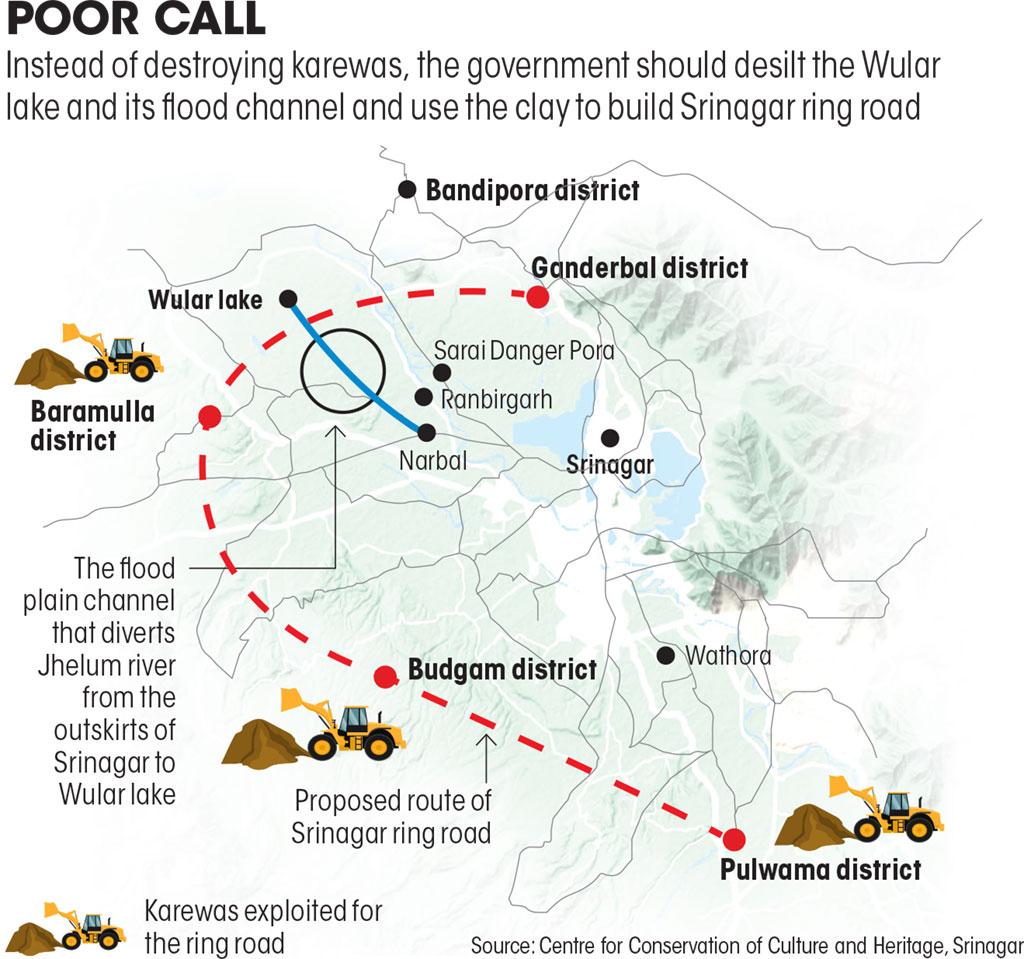Free Courses Sale ends Soon, Get It Now


Free Courses Sale ends Soon, Get It Now



Copyright infringement is not intended
Context: Kashmir’s highly fertile alluvial soil deposits called ‘karewas’ are excavated for Srinagar ring road.
About karewa:

© 2024 iasgyan. All right reserved